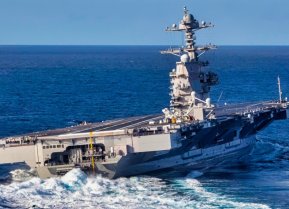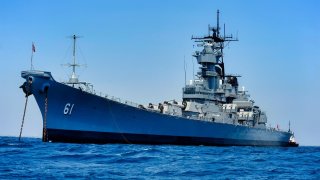Ranked: The 5 Best Battleships of All Time
Before the rise of aircraft carriers, battleships were every navy’s most powerful asset. Over the years, scores of these vessels sailed the seas, bristling with weapons, and their actions marked the turning points of world wars and other major conflicts.
Before the rise of aircraft carriers, battleships were every navy’s most powerful asset.
5 Best Battleships To Ever Sail
Over the years, scores of these vessels sailed the seas, bristling with weapons, and their actions marked the turning points of world wars and other major conflicts.
Five battleships stand out among their number.
USS New Jersey
USS New Jersey is the most decorated battleship in the history of the United States. Serving and earning distinction in the Second World War, the Korean War, the Vietnam War, the Cold War and even the War on Terror, the New Jersey’s history spanned over half of the last century.
The formidable ship was often referred to as “Big J” back in the day. It officially launched in the early 1940s as one of the Navy’s Iowa-class fast battleships. New Jersey shelled targets on Okinawa and Guam during World War II, participated in raids during the Korean War, and was sent to Vietnam to support U.S. troops before being reactivated to partake in more modern battles.

Her arsenal of nine 16-inch/50 caliber Mark 7 guns, twenty 5-inch/38 caliber guns mounted in twin-gun dual purpose turrets, and the array of Oerlikon 20mm and Bofors 40mm anti-aircraft guns, helped her achieve these feats.
USS Texas
When the USS Texas launched in 1912, the battleship immediately became one of the most powerful weapons on Earth.
This New York-class battleship served the Navy for more than three decades, earning a total of five battle stars for service in the Second World War.
USS Texas made history when it became one of the first American battleships to feature anti-aircraft guns, as well as the first to launch an airframe and test radar.
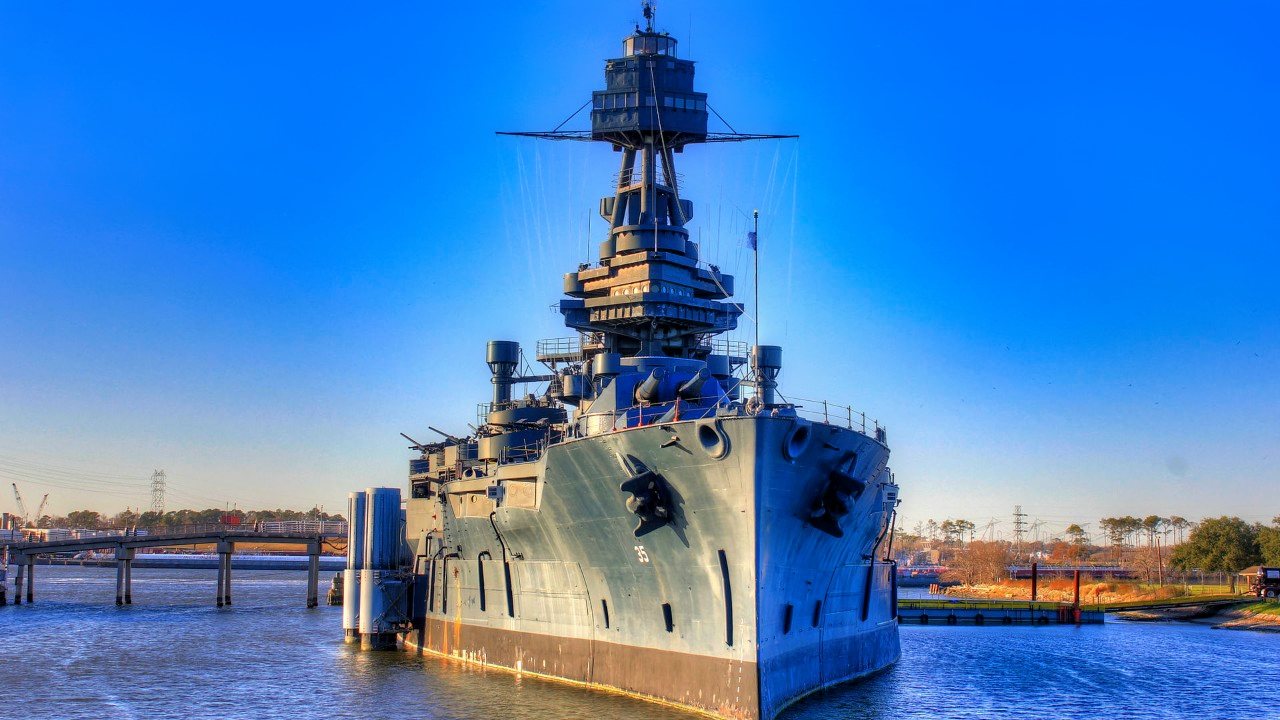
During WWII, she shelled Vichy French forces in the German-held beaches in the Normandy Landings before being transferred to the Pacific, where she participated in the Battles of Okinawa and Iwo Jima.
Following her decommissioning, Texas became America’s first permanent floating museum.
The Bismarck
The German battleship Bismarck gained notoriety when she sank the Royal Navy’s HMS Hood battlecruiser in 1941. Built as Nazi Germany’s first Kriegsmarine-class vessel, Bismarck and her sister ship were the largest battleships to ever sail for Germany.
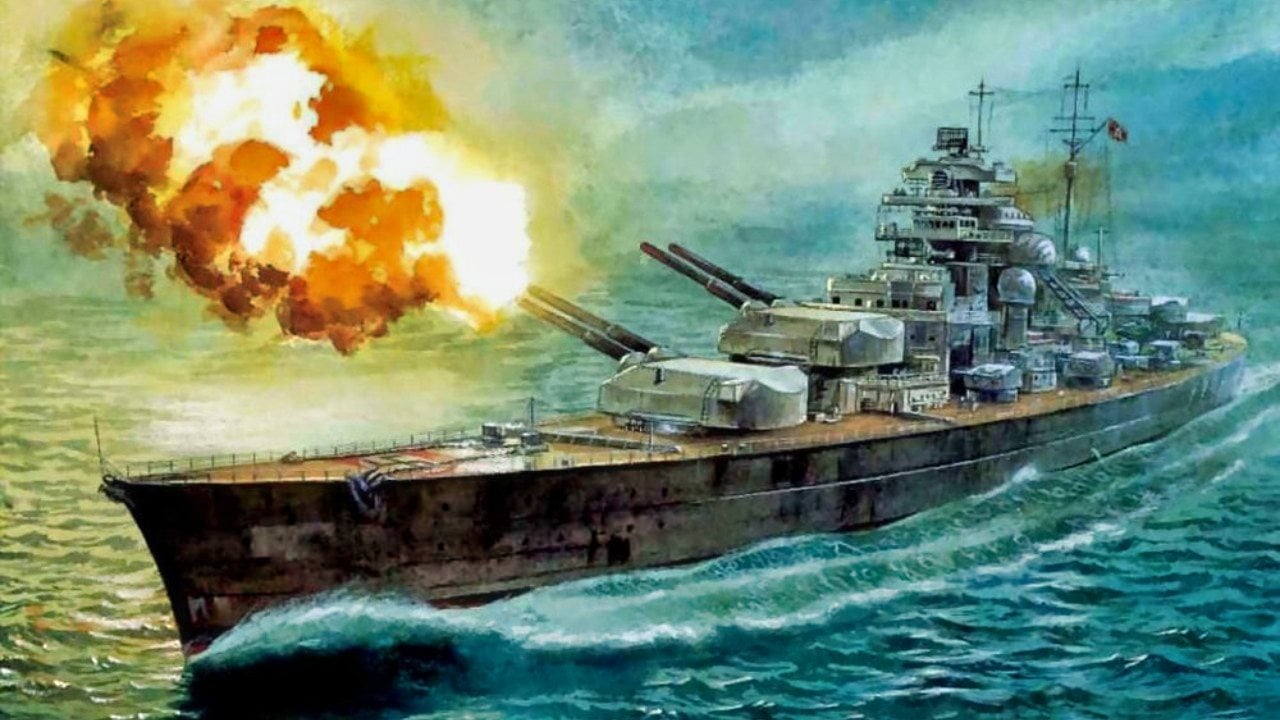
Both ships in this class were equipped with a main battery of eight 38-centimeter guns capable of firing shells weighing 800 kilograms. Additionally, the Bismarck vessels sported a secondary battery of twelve 15 cm guns and an array of anti-aircraft guns and torpedoes.
Although Bismarck was ultimately sunk in a fierce battle with the Royal Navy, this class became a symbol of German naval power during the war and helped elevate the Nazi regime’s propaganda efforts.
USS Washington
During the Second World War, USS Washington scored the sole one-on-one battleship kill (as the Bismarck received aid from the Prinz Eugen in the sinking of HMS Hood).
This North Carolina-class battlewagon also inflicted fatal damage on the Japanese destroyer Ayanami and battleship Kirishima during the war, while avoiding damage herself.
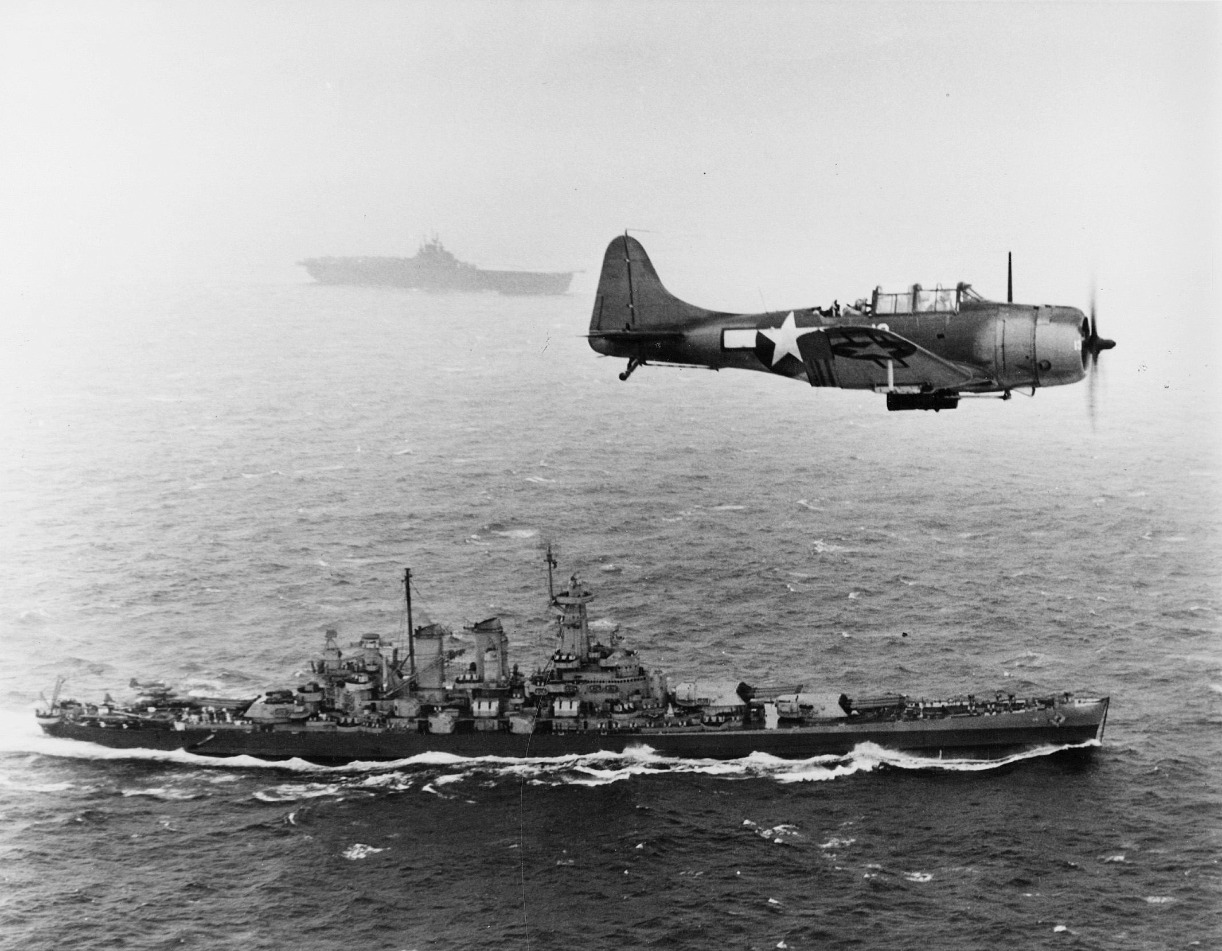
Notably, Washington and her sister ships were the first of their kind constructed under the Washington Naval Treaty, which restricted battleships’ main armament sizes and displacements.
Yamato
Imperial Japan’s Yamato battleship, along with her sister ship Musashi, were the largest battleships ever built. Yamato was equipped with nine 46 cm Type 94 main guns, also making her the most powerfully armed battleship to ever sail the seas.
This hefty battleship could displace 72,000 tons at full load, a spec that the U.S. feared greatly during the Second World War. Following her commissioning just days after the Japanese attack on Pearl Harbor, the Yamato became the flagship of Japan’s combined fleet.
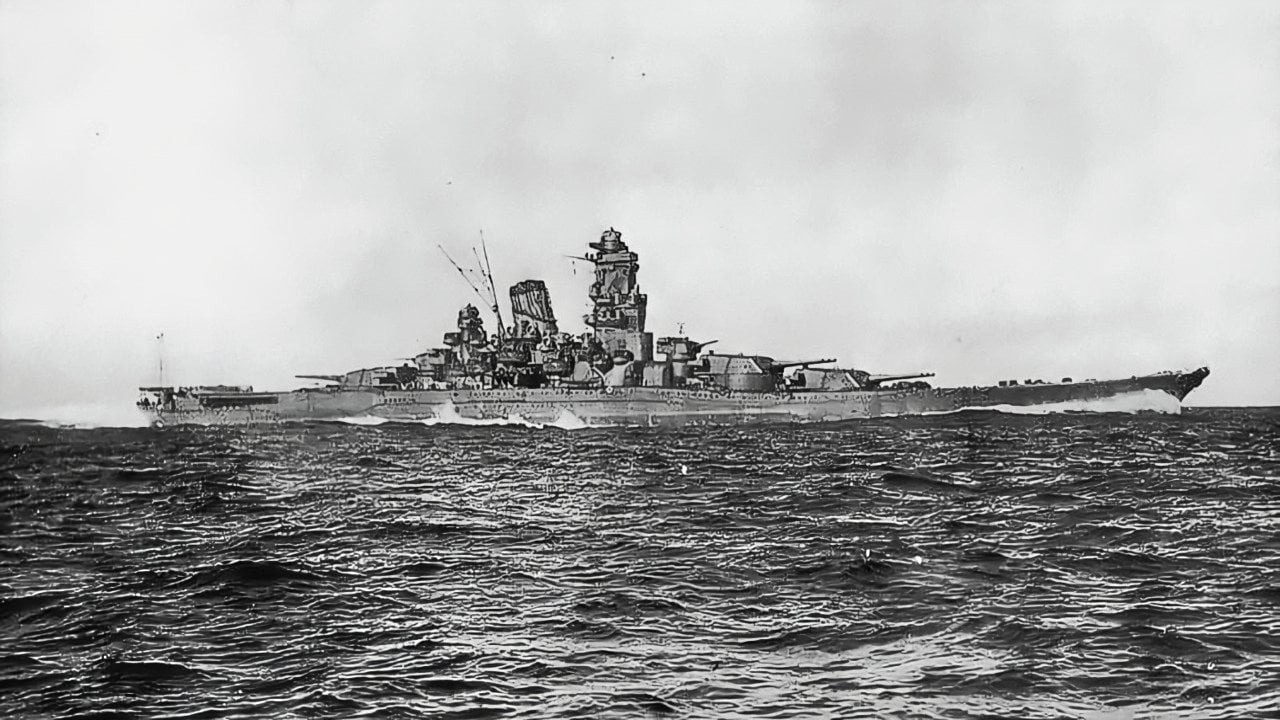
When she sailed to engage U.S. forces at Midway Island, Yamato expected victory.
However, American codebreakers knew the battleship's intentions, and Japan suffered greatly during this battle. Yamato was ultimately sunk in 1945 by American aerial torpedoes, and more than 3,000 sailors perished.
About the Author: Maya Carlin
Maya Carlin, National Security Writer with The National Interest, is an analyst with the Center for Security Policy and a former Anna Sobol Levy Fellow at IDC Herzliya in Israel. She has by-lines in many publications, including The National Interest, Jerusalem Post, and Times of Israel. You can follow her on Twitter: @MayaCarlin.
